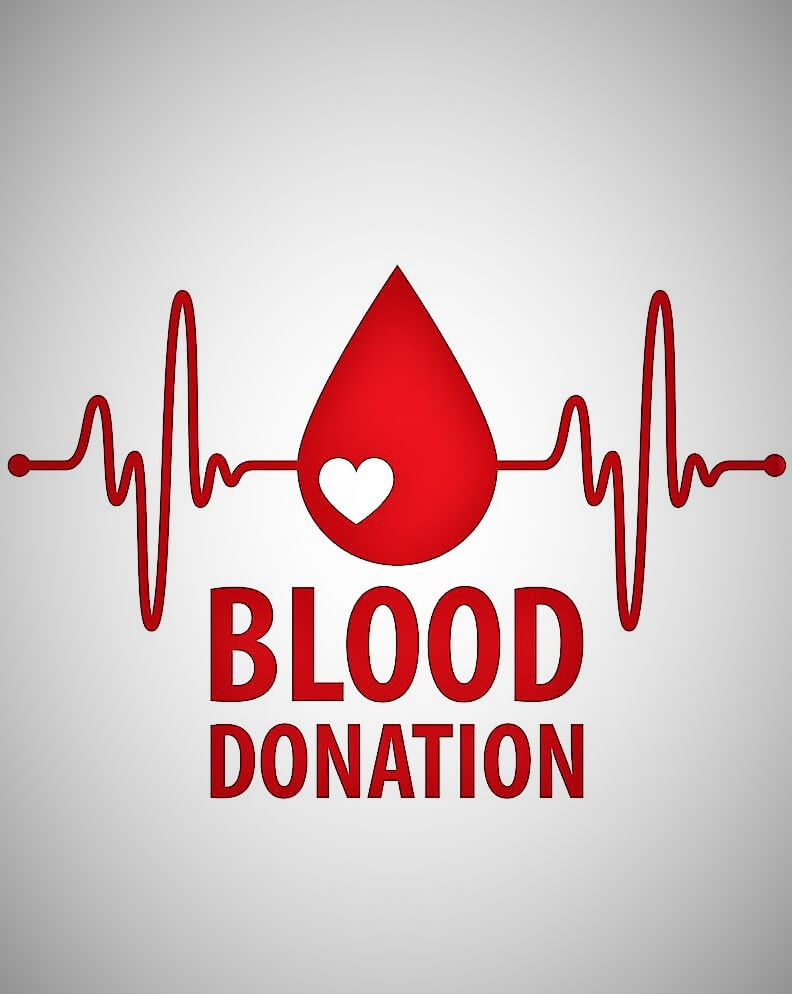
Blood Donation Facts
This blog post lets you know about different blood donation facts.
Blood donation is a very important part of healthcare. Doctors around the world use blood transfusions to save lives. It is best to check with local blood blanks to see if they need blood donors.
Who can donate blood?
There are some requirements that a person must meet before donating blood.
In order to donate blood, a person :
- must be at least 16 years old
- must weigh at least 110 pounds
- must not currently be ill
Who is unable to donate?
The AABB will not allow someone to donate blood if they :
- have used needles to inject drugs, steroids, or anything else without the permission of a doctor
- have HIV
- have ever had sex in return for drugs or money
- have had babesiosis or Chagas disease
- have anemia, uncontrolled diabetes, or uncontrolled hypertension
are pregnant
As a result of the COVID-19 pandemic, the Food and Drug Administration (FDA)Trusted Source made some changes to the current guidelines. Specifically, they have changed the deferral time from 12 months to 3 months for the following groups of people:
- males who have had sex with males
- females who have had sex with males who have had sex with other males
- people who have had recent tattoos and piercings
Previously, a person was not able to donate blood if they are at risk of having Creutzfeldt-Jakob disease or have a blood relative with the condition. However, the FDATrusted Source have suggested changes to the previous guidelines. Those who were previously not eligible to donate blood are now able to reapply.
How much blood can a person donate?
People donate around 500 milliliters of whole blood.
The amount of platelets and plasma that people can donate depends on:
- their height
- their weight
- their platelet count
How long does it take?
The time it takes to donate blood varies on the type of donation:
- Whole blood: This type of donation takes roughly 1 hour.
- Platelet: This type of donation takes roughly 2.5 to 3 hours.
- Plasma: This type of donation takes roughly 1 hour and 15 minutes.
- Power red: This type of donation takes roughly 1.5 hours.
According to the ACS, removing a unit of whole blood usually takes 10-15 minutesTrusted Source. Although removing whole blood only takes a short amount of time, it takes about 1 hour from registration to post-donation refreshments.
How soon can a person donate again?
According to the AABB, people should wait at least 56 days before donating whole blood again. Platelet donors may donate sooner, as platelet levels return to normal within around 72 hours of donating.
What are the potential side effects of blood donation?
Some potential side effects of donating blood include:
- Bruising
A person may experience slight bruising. To help prevent this, they can apply ice or cold compresses.
- Fainting
To help prevent faintingTrusted Source, after the donation, a person may need to lie down for a few minutes and eat and drink something. A person should also avoid caffeine and alcohol for a few hours after the donation.

